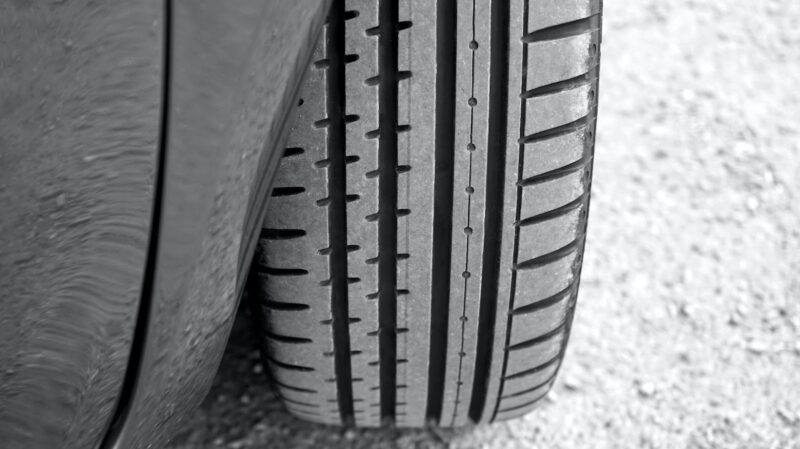Understanding Tire Bubbles: Causes and Risks
We’re all familiar with the frustration of a flat tire. But one thing that’s not as common, yet just as worrisome, is a tire bubble. What causes these pesky protrusions? And more importantly, what risks do they pose to us on the road?
First off, let’s look at the causes. A bubble in your tire is typically caused by air leaking from inside the tire into its outer layer or casing. This can happen when we hit a pothole or sharp object at high speed, causing an immediate impact break in the inner liner of the tire.
Driving around with a bubbled tire isn’t just unsafe—it can be downright dangerous. These bubbles weaken our tires’ structural integrity and make them much more prone to unexpected blowouts while driving—especially at higher speeds!
Just imagine cruising on the highway when suddenly your car begins veering uncontrollably due to an unexpected tire blowout—not exactly our idea of safe driving!
When Is It Safe to Drive with a Bubble in Your Tire
Let’s dive right into the question at hand. We’ll tell you, straight up, there’s no good time to drive around with a bubble on your tire. That small bulge might seem harmless, but it’s an indication that the internal structure of your tire is compromised. Essentially, it means air has escaped from where it should be – inside your tire – and moved into the outer layer of the tire wall.
Why is this bad news? Well, any additional stress – like hitting a pothole or cruising at high speeds – could cause that bulging bubble to burst. And when that happens, you’re looking at an immediate blowout situation. This isn’t just inconvenient (think about changing a flat on the side of a busy highway), it can also be incredibly dangerous for both you and other drivers around you.
Of course we understand that sometimes life doesn’t allow for immediate fixes. Maybe you’ve noticed the bubble as you’re about to head out on an essential journey or maybe there isn’t a garage open nearby. In such cases, try to minimize risk by driving slowly and avoiding highways if possible.
Nevertheless, we strongly recommend getting that bubbly troublemaker checked out as soon as possible by professional technicians who can assess whether your tire needs repair or replacement.
How Long Can I Drive With a Small Bubble in My Tire
We’re here to shed some light on a common question many drivers confront at one point or another. “How long can I safely drive with a small bubble in my tire?” The short answer— it’s not recommended.
The presence of a bubble signifies that the tire’s structure has been compromised. It might seem harmless, especially if the car is still driving smoothly, but don’t let this fool you. Driving with a bubbled tire is essentially like playing Russian roulette with your safety and that of others on the road.
Why? Well, when there’s a bubble in your tire, it means that the internal fabric has been damaged and air has forced its way into the outer layers. This weakens the tire significantly and makes it more prone to blowouts. One pothole or sharp object could be enough to cause an accident.
At this point, you’re probably wondering how likely is it for such an incident to occur? While we don’t have exact numbers (as these largely depend on various factors like driving conditions), we do know that even under ideal circumstances, no expert would advise driving any distance with a bubbled tire. So what should you do instead? Here are some steps:
- Check your tires regularly for any signs of damage
- If you spot a bubble, avoid driving wherever possible
- Get the affected tire replaced as soon as possible
Don’t forget – while replacing your tires might seem costly upfront, it pales in comparison to potential accident-related costs or worse yet – injuries caused by neglecting such dangers.











